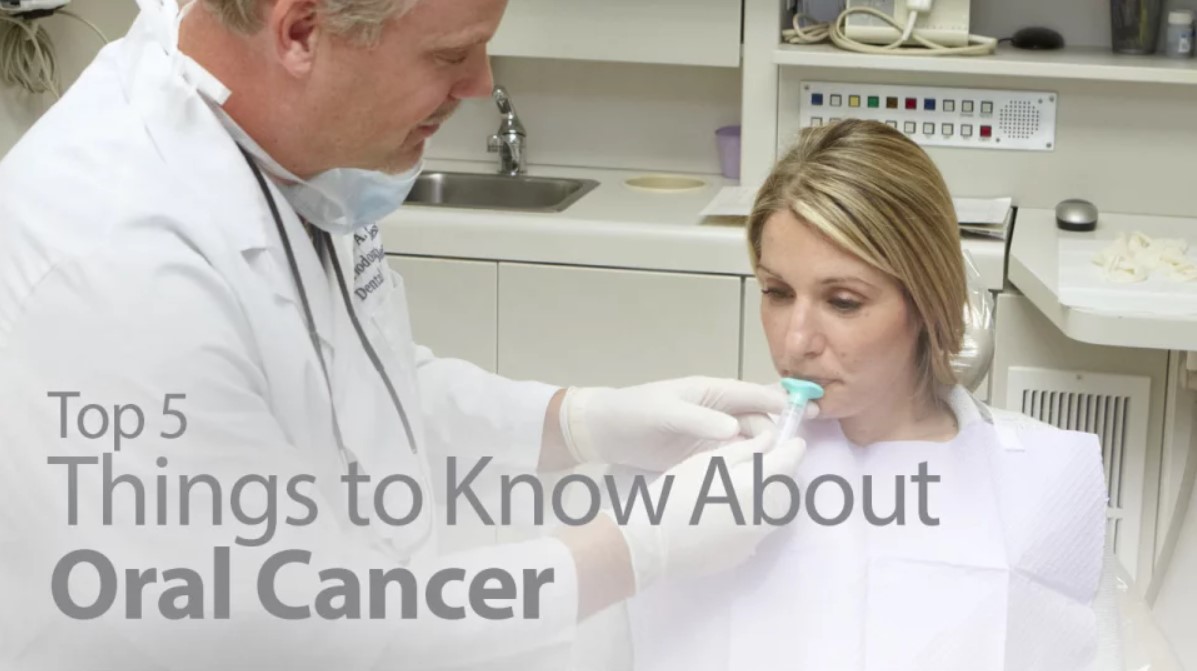Top Five Things to Know About Oral Cancer

Most people are aware of cancers such as colon, breast, and lung, but very few know about oral cancer.
Are you experiencing a mouth sore that never seems to go away? If yes, you may be silently suffering from the sixth most popular cancer in the world—oral cancer.
Oral cancer can begin and develop in the gums, roof of the mouth, the lining of the lips or cheeks, minor salivary gland, and the floor of the mouth.
Sadly though, the signs of oral cancer are often confused with minor oral injuries. As such, not so many know about its symptoms and severity.
Here are the top five things to know about oral cancer:
Oral cancer is deadly
The prevalence of oral cancer varies based on geographical location, with countries such as Papua New Guinea and Pakistan ranking the top and second positions, respectively.
In the US alone, medics diagnose about 43 000 patients with oral cancer annually. One person dies of the disease every hour, every day.
It affects people of all ages
The prevalence rate of oral cancer increases with age. Most people who are tested and diagnosed with oral cancer are aged between 50 and 70.
The chances of developing an oral tumour peak at an age between 60 and 70. However, over the recent past, there have been concerns over an exponential rise in the number of young people contracting this deadly disease.
On gender distribution, men are the most affected across all races and ages as they’re the most engaged in risky activities.
Alcohol and tobacco use are significant risks
Smokers and drinkers are far the most vulnerable to oral cancer. This applies to both smoke and smokeless vaping and smoking.
Frequenting the habit of drinking and smoking will escalate your vulnerability by causing DNA damage and the build-up of harmful substances in your mouth and along your respiratory or digestive tract.
A virus called Human Papilloma Virus (HPV)–often transmitted through sexual activities–is a particular risk factor, especially among the youth. Also, chronic exposure to solar radiation will increase your risk of developing a tumour of the lips.
Your odds are better if found early
Like most cancers, oral cancer follows five stages of development, from a scale of zero to four.
When detected at a stage below two, you’ll have a survival rate of 80% and above. At later stages of three to four, the survival rate is way below 50%.
An oral examination can detect early signs of cancer
Pre-cancerous lesions and other early signs and symptoms are often hard to detect. And since most people have numerous sores in their mouths that are non-cancerous, it takes expert screening and evaluation to determine the possibility of oral cancer in the mouth.
An apt orthodontist will take you through oral screening that includes different tests to determine the cause of each lesion.
A particular test called biopsy entails removing and testing a few abnormal cells from the wounds.
This way, your orthodontist or medical attendant can easily determine whether you have oral cancer or not.
Bottom Line
It’s advisable to ask your dentist for an oral screening in your regular dental check-ups. Only this way will you be able to detect oral cancer at their earliest stage and stand better to get cured. Detecting the disease in its early stages could make a huge difference to your health.



